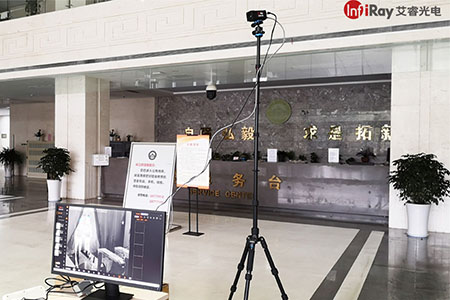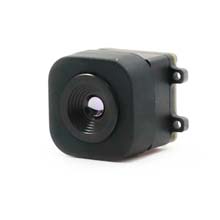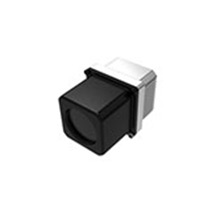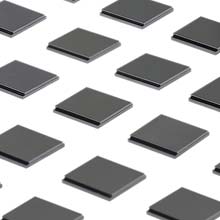5 Things to Consider Before Buying a Thermal Camera
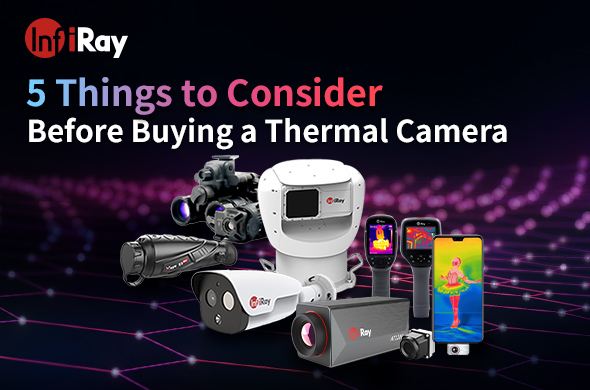
5 Things to Consider Before Buying a Thermal Camera
Thermal cameras are becoming increasingly popular due to their ability to detect temperature differences and provide valuable insight in various industries. Whether you're using a thermal camera for personal use, such as home inspections or hunting, or for professional purposes, such as electrical inspections, there are several things to consider before making a purchase. In this article, we'll cover 5 essential factors to consider before buying a thermal camera.
1. Purpose of Use
Before buying a thermal camera, it's important to consider the purpose for which you need it. As previously mentioned, thermal cameras can be used for various purposes, and each of these purposes requires a different type of thermal camera. For instance, if you're using a thermal camera for hunting, you'll need a camera with a high refresh rate and a long detection range. Conversely, if you're using a thermal camera for home inspections, a camera with a lower refresh rate and shorter detection range may be good enough. Consider the specific tasks you need the thermal camera for and choose a camera with the features that best fit those tasks. Check the thermal imaging application field and what thermal cameras can do.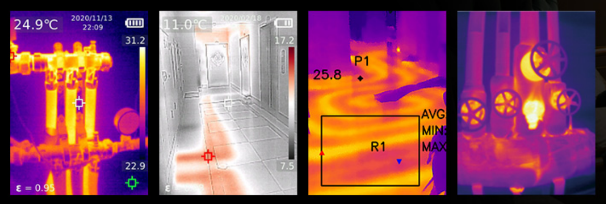
(InfiRay thermal imaging cameras are suitable for a wide range of scenarios)
2. Main Parameters of the Product
In the previous article purchase purpose, your purpose of buying a thermal imaging camera is clarified. Compare the main parameters of different products and pick the most suitable product for your use. We can go from the following parameters to analyze what is most suitable for you.
First, the resolution. Resolution is a critical factor to consider before buying a thermal camera. A camera with a higher resolution will provide clearer images and allow you to detect smaller temperature differences. Higher resolution is essential if you're using a thermal camera for professional purposes, such as electrical inspections, where you need to detect subtle temperature differences accurately. Conversely, if you're using a thermal camera for personal use, such as thermal imaging camera hunting or home inspections, a camera with a lower resolution may be sufficient.

(InfiRay's IR chip resolution can reach 1920 × 1080)
Then, the temperature range. The temperature range that a thermal camera can detect is another crucial factor to consider before making a purchase. Different thermal cameras can detect different temperature ranges, with some cameras detecting temperatures as low as -40°C and others detecting temperatures as high as 2000°C. If you're using a industrial thermal camera, you'll need a camera that can detect high temperatures. On the contrary, if you're using a thermal camera for personal use, such as home inspections, a camera that can detect lower temperatures may be sufficient. Consider the temperature ranges that you need the thermal camera to detect and choose a camera with the appropriate temperature range.
Also, the battery Life. Battery life is another factor to consider when purchasing a thermal camera, especially if you plan on using it for extended periods. Some cameras come with rechargeable batteries, while others require disposable batteries. Consider the expected usage time of the camera and choose a camera with a battery that will meet your needs. Additionally, consider the cost and availability of replacement batteries if the camera requires disposable batteries.
3. Product Usage Feeling
In this section, we need to consider the problems that may occur during the use of the product. We can pick the thermal imaging camera in terms of connectivity, durability, and user interface.
Connectivity is an important factor to consider if you plan on transferring data from the thermal camera to a computer or other devices. Many thermal cameras come with Wi-Fi or Bluetooth options, which can make it easier to transfer data without the need for additional cables. Additionally, some cameras may have a built-in SD card slot or USB port for direct data transfer. Consider your connectivity needs and choose a camera with the appropriate options.
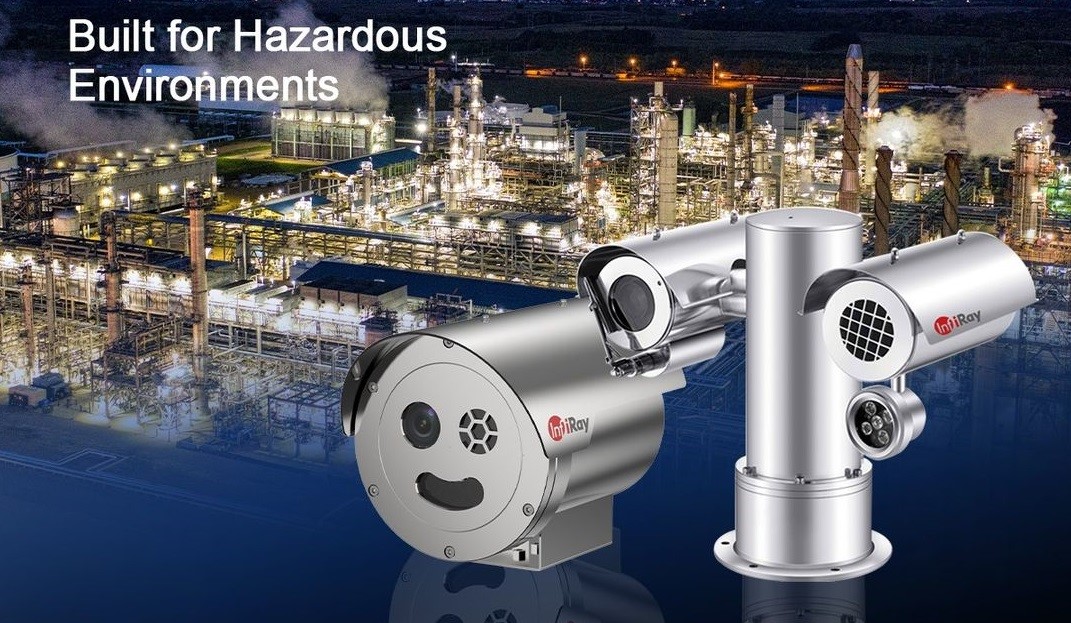
(InfiRay explosion-proof thermal camera for hazardous environments)
Durability is also an important factor to consider because thermal cameras are often used in harsh environments, such as industrial sites or outdoor settings. Look for cameras that are designed to withstand harsh conditions, such as dust, water, and shock. Additionally, consider the build quality of the camera and choose a camera made with durable materials.
The user interface of your thermal camera may have a direct impact on your experience! The user interface should be easy to use and navigate, and the camera should come with clear and concise instructions. Look for cameras with intuitive menus and user-friendly controls.
4. Brand and Model
When buying a thermal camera, it's essential to consider the brand and model. Different brands offer different features and capabilities, and it's important to choose a brand that is reputable and reliable. Consider the features and capabilities that are most important to you and research the brands that offer those features. Additionally, different models within a brand offer different features and capabilities, and it's important to choose a model that meets your needs and budget. Read reviews and compare prices before making a purchase. 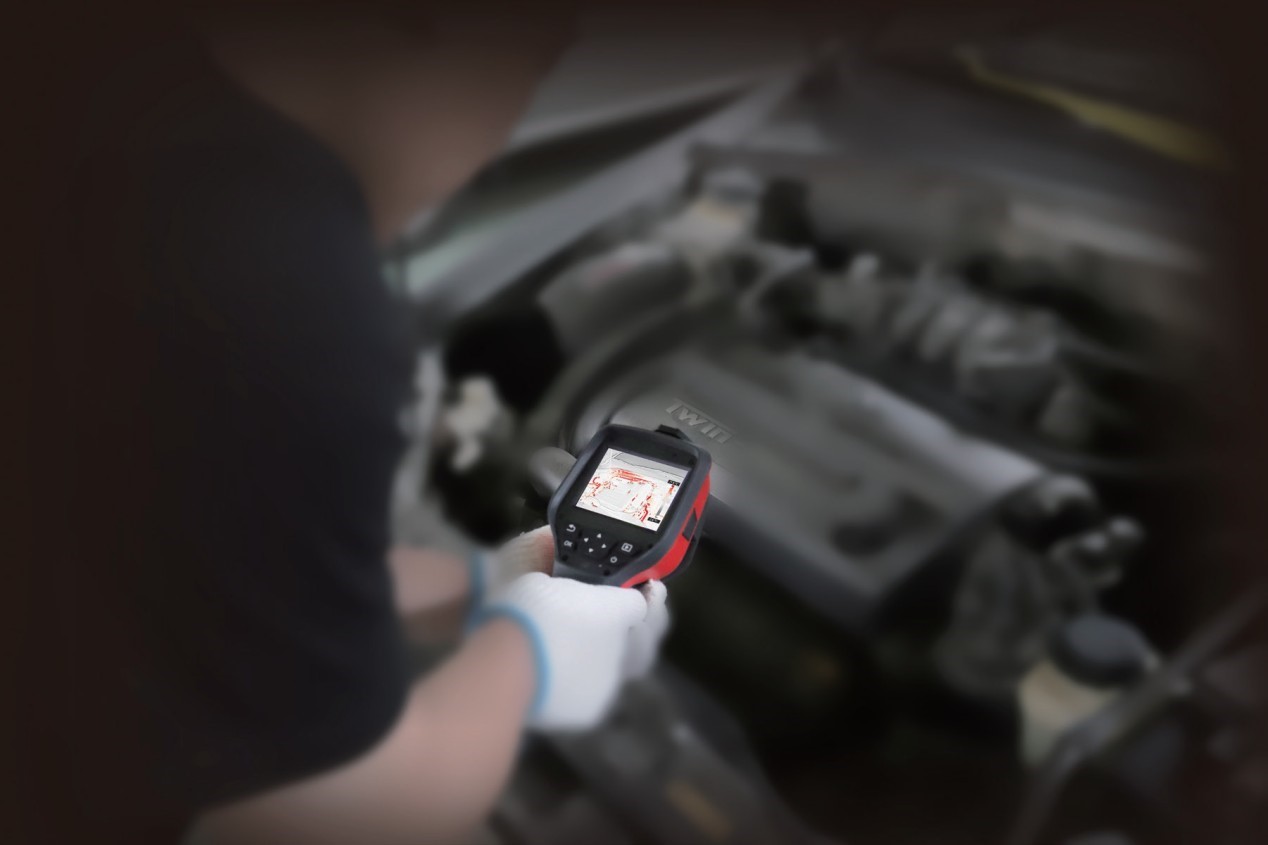
(InfiRay thermal imaging cameras can be used for automotive maintenance)
5. Price
Finally, price is an essential factor to consider before buying a thermal camera. Thermal cameras can range in price from a few hundred dollars to tens of thousands of dollars, depending on their features and capabilities. Consider your budget and choose a camera that provides the features and capabilities you need at a price you can afford. Remember that a higher price doesn't always mean better quality, so research the options thoroughly before making a purchase. Check InfiRay's product catalog.
In conclusion, buying a thermal camera requires careful consideration of several factors. Consider the purpose, resolution, temperature range, brand and model, price, connectivity, battery life, durability, and user interface before making a purchase. By taking these factors into account, you can choose a thermal camera that meets your needs and provides accurate and reliable temperature detection.

 français
français  Deutsch
Deutsch  Español
Español  italiano
italiano  русский
русский  português
português  العربية
العربية  日本語
日本語  한국어
한국어  magyar
magyar 







